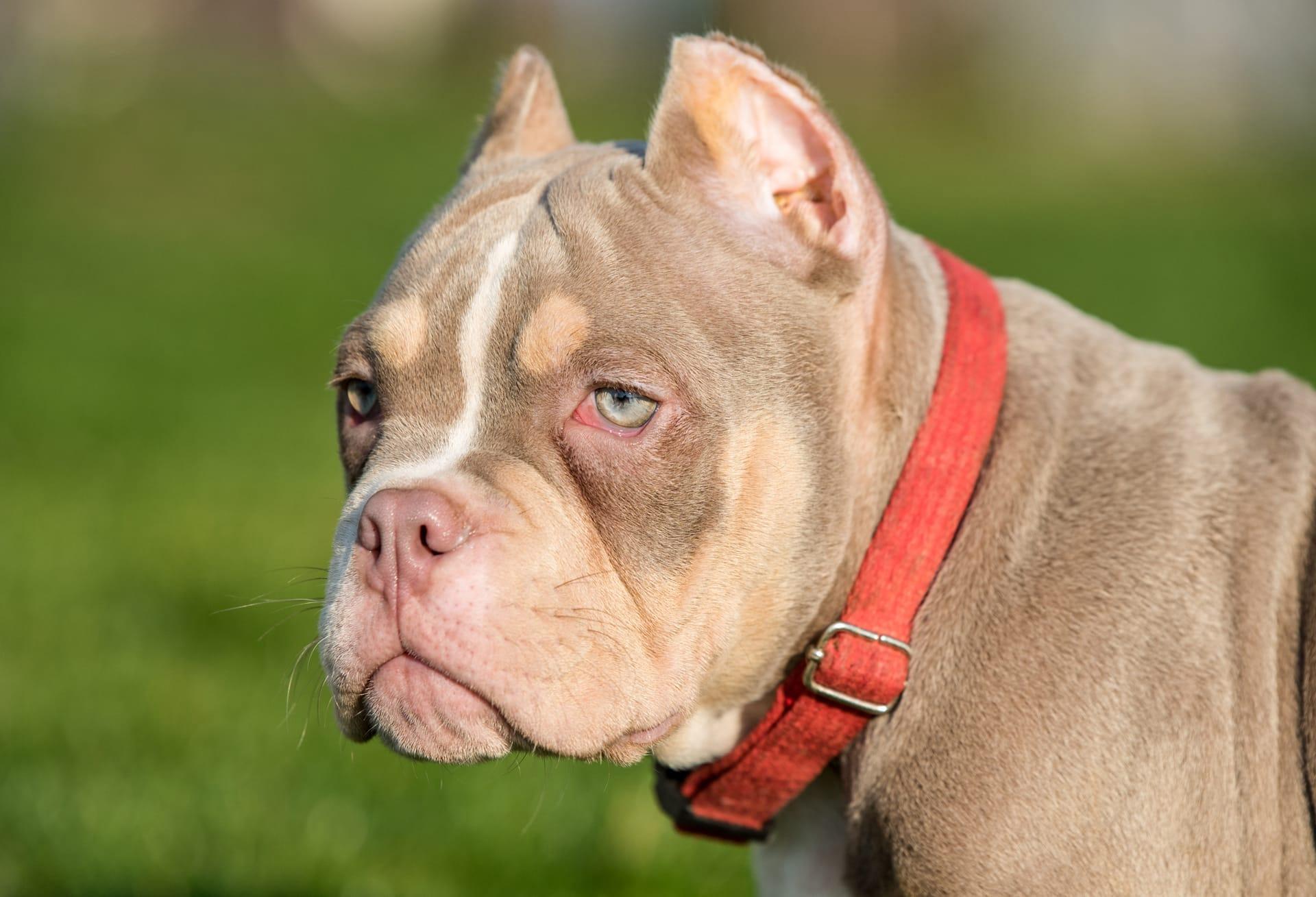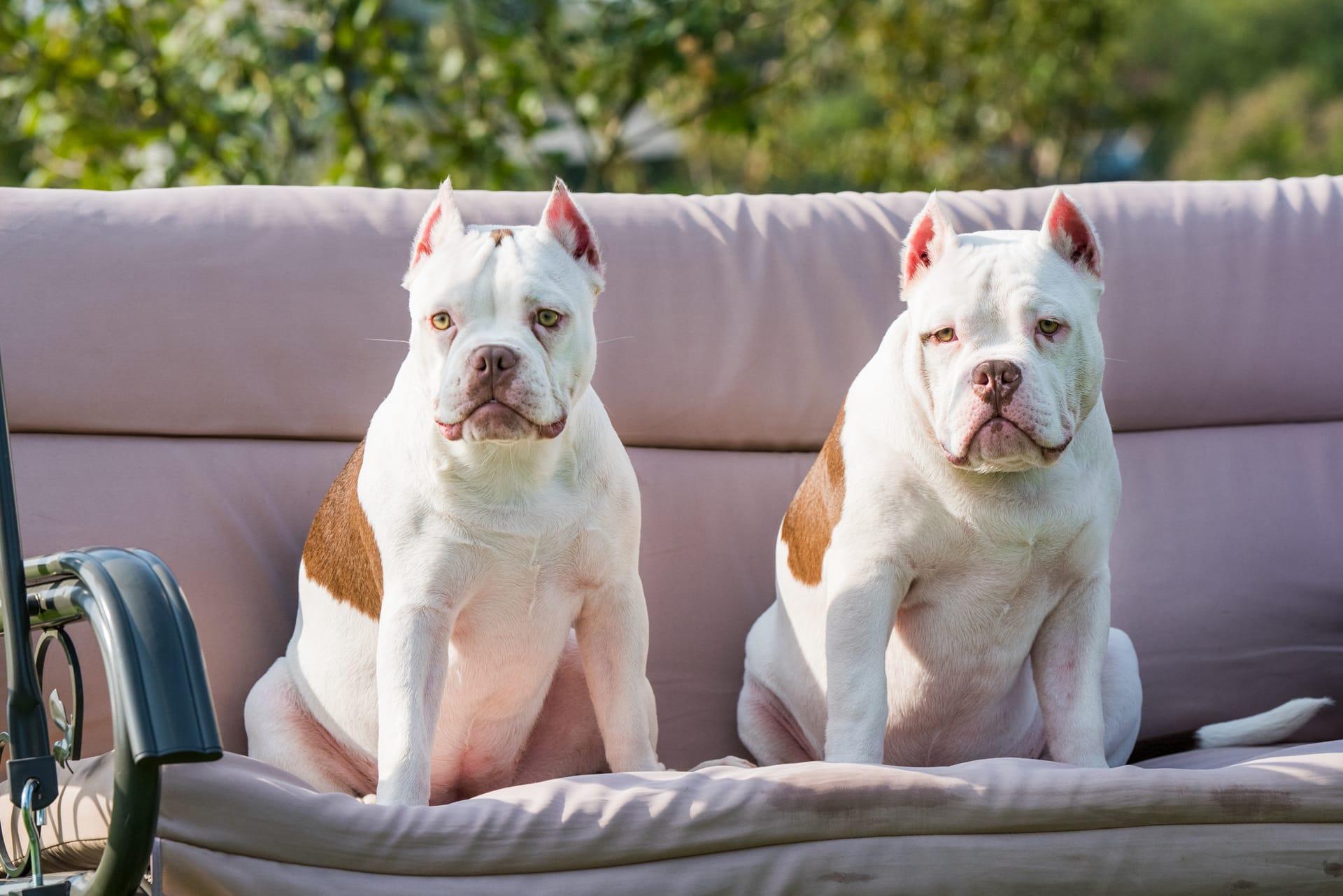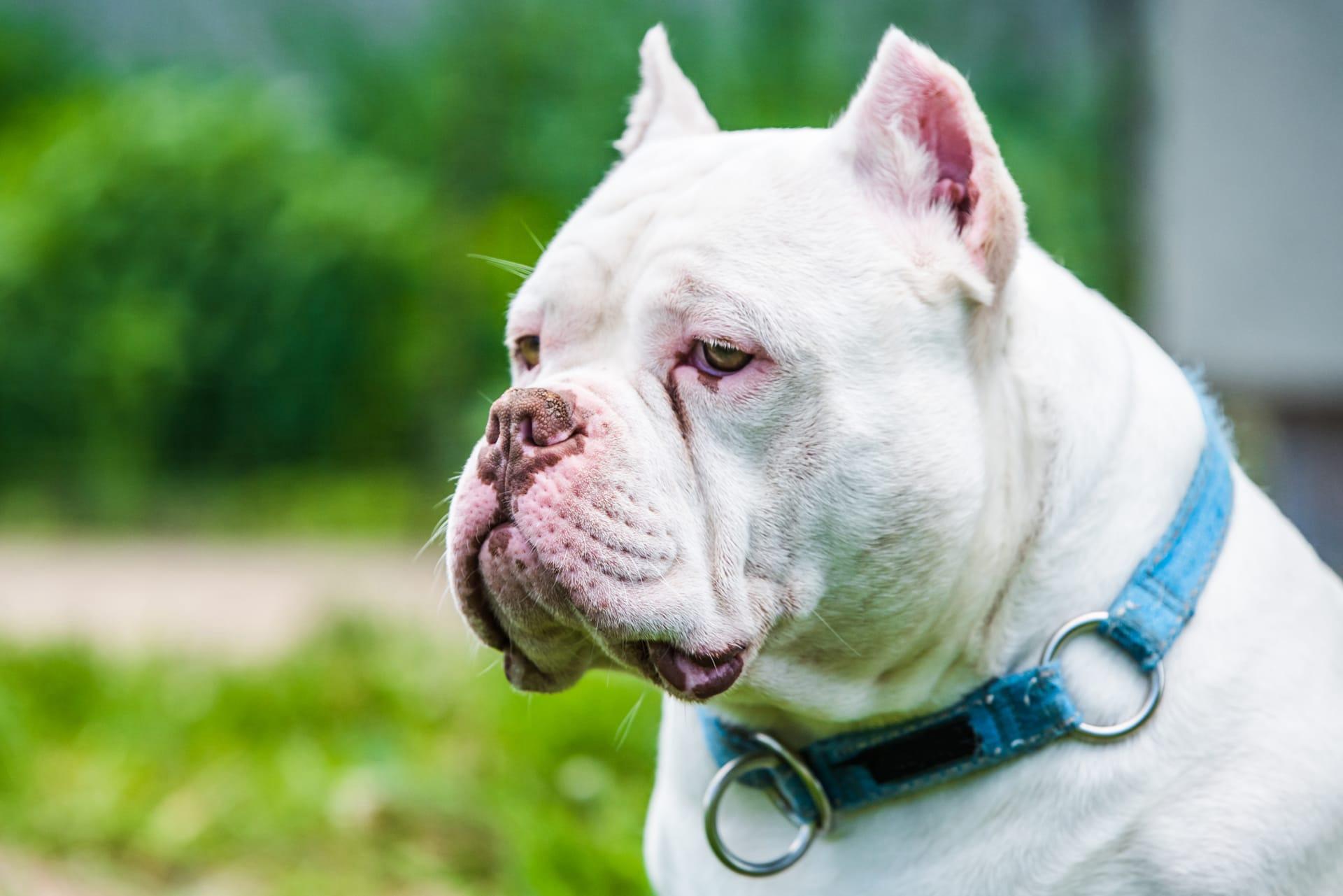Bulldog
- Home /
- Mini Encyclopedia /
- Animal /
- Bulldog
1
Bulldogs, officially known as the British Bulldog, belong to the Molossus family, a subgroup of the larger Mastiff group. They are characterized by their loose, saggy skin, distinctive pushed-in nose, and muscular, stocky build. This breed is recognized by various kennel clubs around the world, including the American Kennel Club (AKC), the United Kennel Club (UKC), and The Kennel Club (KC) in the United Kingdom. Bulldogs are classified under the non-sporting group by the AKC, and their breed standards detail specific physical and temperamental traits that define them.
Bulldogs are predominantly found in Western Europe and North America, with the highest concentrations in the United Kingdom and the United States. Initially bred for bull-baiting, a popular sport in medieval Europe, they have since become companion animals. Bulldogs are urban dwellers and are commonly found in cities and suburbs, thriving in apartments and houses alike due to their relatively low exercise needs. Despite their historical association with England, Bulldogs have been successfully adapted to various climates and cultures around the world, making them one of the most recognizable and widely distributed breeds.

2
Question: Are Bulldogs naturally aggressive due to their historical role in bull-baiting?
Answer: Contrary to the common misconception, Bulldogs are not inherently aggressive. Their history in bull-baiting required a certain tenacity, but selective breeding since the sport's ban in the 19th century has significantly tempered their aggressiveness. Today's Bulldogs are known for their gentle disposition and affectionate nature towards families, often showing great patience and fondness for children. They are typically friendly with other pets and dogs if socialized properly. The breed's aggressive reputation is a remnant of its past, not a reflection of the modern Bulldog's temperament.

3
Bulldogs have a storied relationship with humans, evolving from fierce participants in a brutal sport to beloved family pets. Their transformation is a testament to human influence on dog breeding for desired traits, in this case, a shift towards a more docile and companionable nature. Bulldogs are now celebrated for their loyalty, resilience, and distinctive appearance, making them popular mascots for sports teams and symbols of culture, especially in the UK where they're often associated with Winston Churchill's tenacious spirit during World War II.
Furthermore, Bulldogs have become a fixture in therapeutic settings and as emotional support animals due to their calm demeanor and ability to provide comfort. Their presence in hospitals, nursing homes, and schools, participating in reading programs for children, showcases their adaptability and the deep bond they can form with humans. This breed's journey from the bull ring to the living room highlights their remarkable adaptability and the enduring human-canine bond.

4
The Bulldog's origins trace back to ancient mastiffs in Asia, but the breed as we know it today was developed in England for bull-baiting. This cruel sport required a dog with a fierce temperament, strong jaws, and a muscular build. The Bulldog's distinctive flat face and undershot jaw were bred into the species to allow them to latch onto a bull's nose and breathe while holding on. Post the banning of bull-baiting in 1835, Bulldogs were at risk of extinction due to their association with the sport.
Thanks to dedicated breeders who appreciated the Bulldog's unique qualities, the breed underwent a transformation. Selective breeding focused on tempering their aggressive nature, emphasizing traits like loyalty, patience, and a friendly disposition. Over the centuries, the Bulldog's physical appearance also evolved, with changes to its size, skin, and facial structure to reduce health issues and enhance its suitability as a companion animal. This evolution highlights the profound impact of human intervention in shaping dog breeds to fit changing societal roles and preferences.

5
Film: "Bulldog: The Brave and the Bold" is a British documentary released in the early 2000s. It explores the rich history of the Bulldog, tracing its origins from ancient mastiffs to its evolution into the modern breed known for its distinctive appearance and gentle nature. The film delves into the breed's cultural significance in the UK, its role in sports and media, and the challenges of breeding for health and temperament.
Book: "The Bulldog Handbook: A Complete Guide for New and Prospective Bulldog Owners" by British author Ann Williams, published in 2015, offers an in-depth look into the care, training, and history of Bulldogs. It covers everything from the breed's historical significance to practical advice on health care, nutrition, and behavior, making it an essential guide for Bulldog enthusiasts.
Book: "Bulldogs: A Complete Pet Owner's Manual" by American author Phil Maggitti, published in the late 1990s, provides comprehensive information on Bulldog care, training, and health. This book serves as a valuable resource for both prospective and current Bulldog owners, offering insights into the breed's unique characteristics, including their social behavior, exercise needs, and common health concerns.